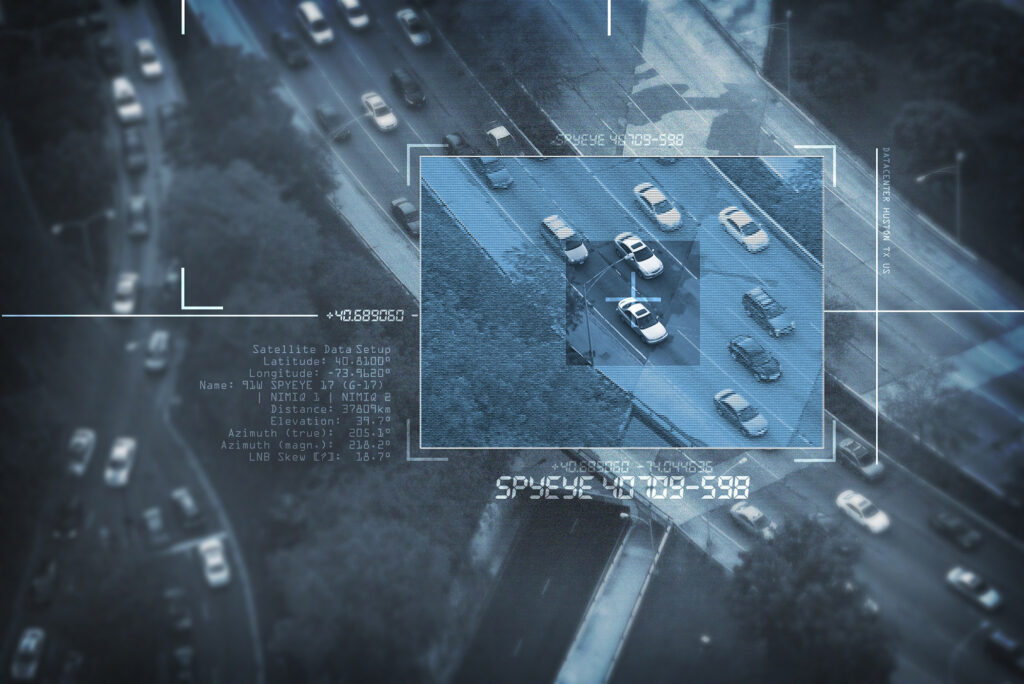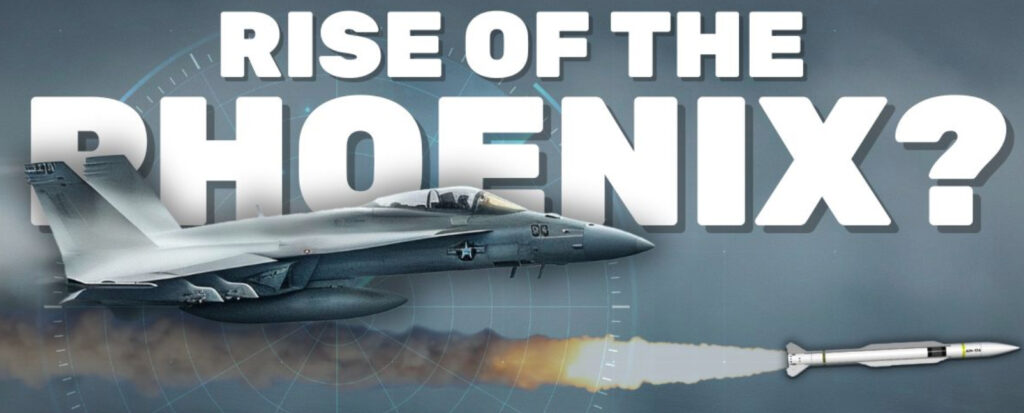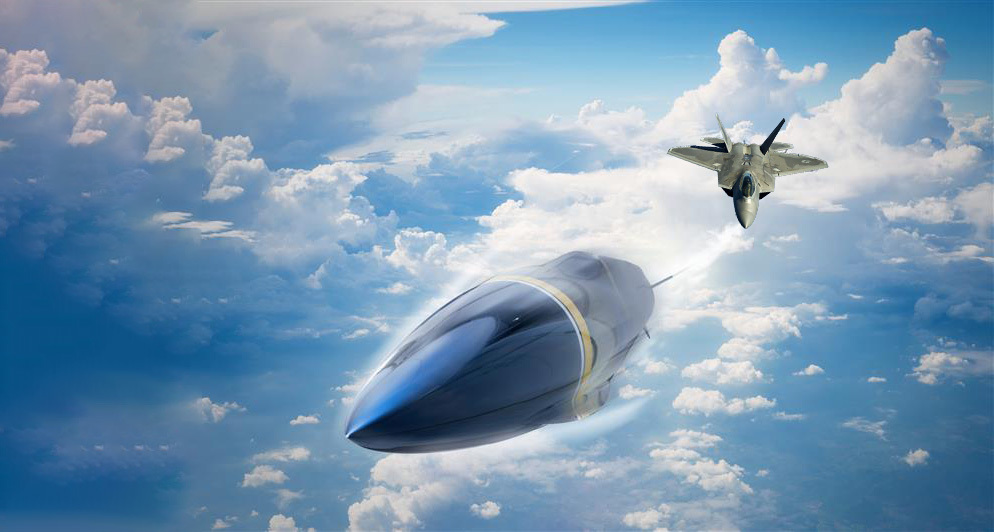In today’s pop-culture-driven world, most people tend to think the American Defense and Intelligence apparatus has spy satellites silently monitoring every square inch of the globe, collecting data from on high to take out threats to American sovereignty or interests as they emerge. Of course, despite how pervasive this belief is, news stories regularly refute the premise, with the Marine Corps losing a crashed F-35 in South Carolina for nearly 24 hours last month, and Hamas managing to launch a large and well-organized surprise attack against Israel in just the past few weeks.
The truth is, despite the incredible intelligence value spy satellites can offer, they are also extremely limited. Today’s spy satellites are exceedingly predictable, and are often relegated to their orbital paths. They are also vulnerable to a variety of ground and space-based attacks — all of which can limit their efficacy in supporting any sort of operation against a near-peer opponent.
The myth of constant surveillance
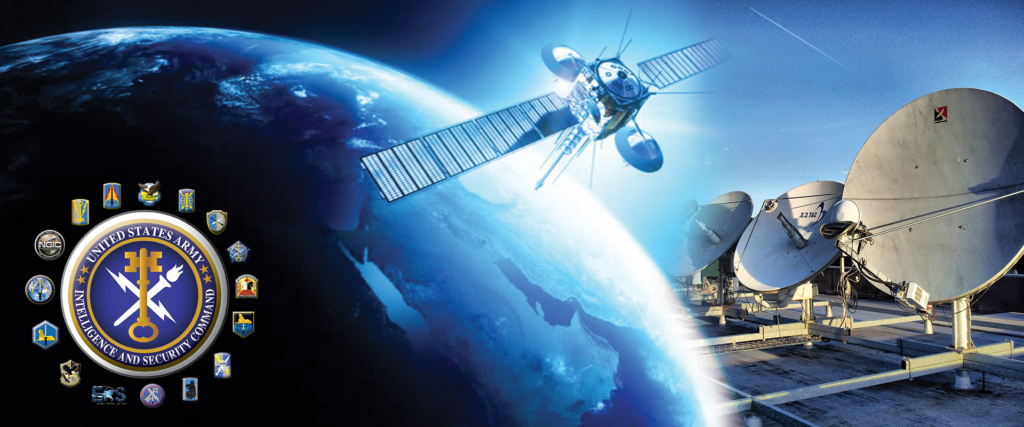
The notion that spy satellites can meet all of America’s intelligence-gathering needs may be the result of a combination of the popular culture of recent decades (see 1998’s Enemy of the State film) and world-renowned intelligence agencies not going out of their way to dispel rumors about their alleged capabilities. This topic even came up in a discussion held last year on an episode of the Modern Warfare Institute’s Irregular Warfare podcast between Dr. James Kiras, a professor of Strategy and Security Studies at the U.S. Air Force School of Advanced Air and Space Studies (SAASS), and former SOCOM commander, Retired Lieutenant General Thomas Trask.
“Unfortunately, public perception is driven sometimes by news coverage, but also by modern movies,” Dr. Kiras said about partner forces. “And the idea that somehow we can’t maintain persistent coverage, that a cloud — for example — moving between you and a target could allow you to lose coverage for a critical period just seems completely inconceivable to them.”
While exact figures are tough to nail down, it’s been reported that the United States government currently operates somewhere between 339 and 485 satellites with some degree of military use, including at least 49 satellites operated specifically by the National Reconnaissance Office. That number far surpasses the orbital fleets of adversary nations like Russia, which has 71, or China with a reported 63.
That lead does give Uncle Sam the leg-up in terms of total satellites, but even if every one of them was similarly equipped to gather useful photographic intelligence of the surface of the Earth (which they are not), it would mean every U.S. government satellite would be responsible for keeping tabs on more than 406,000 square miles of the globe. Even with the most advanced 21st-century sensors at their disposal, that simply wouldn’t be possible. But to make matters worse, satellites almost never have the most advanced technology onboard by the time they reach orbit.
Related: 5 secretive new warplanes the US is developing for the next big fight
It takes a decade to get a spy satellite into orbit
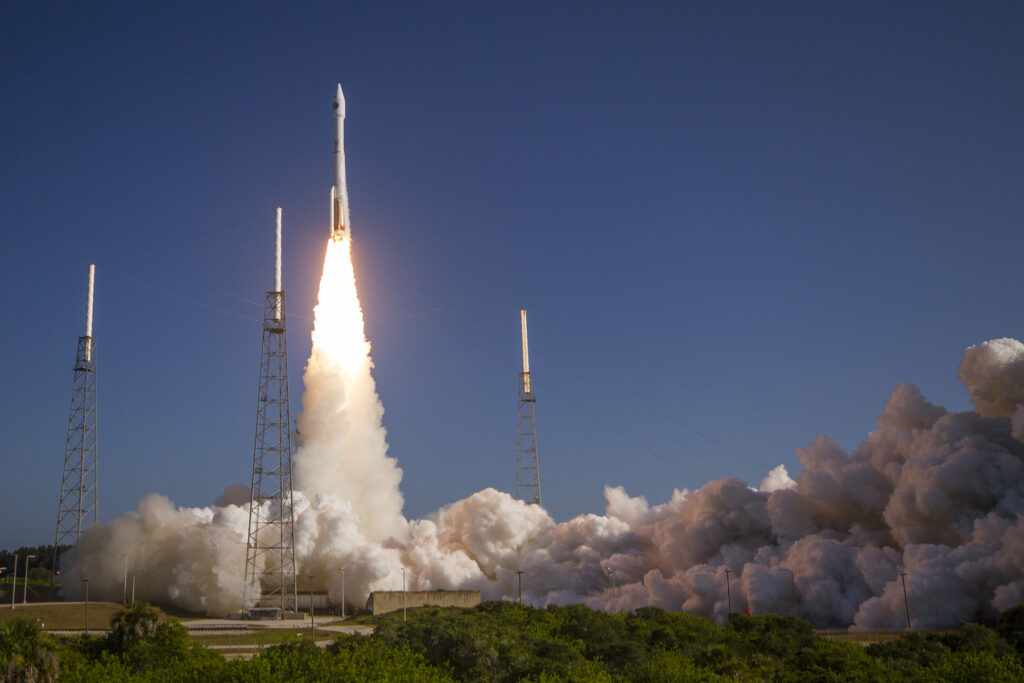
America’s most capable spy satellites tend to be large, multi-billion-dollar platforms that often take as long as a decade to go from design to orbit. These exceedingly expensive systems need to function for years on end, which requires a great deal of resilience and reliability, both things that are not a given when it comes to fielding advanced technology. As a result, spy satellite designs incorporate the latest proven systems of their day – often made up of technology that’s been around long enough to be proven — before progressing through another decade of design and development work leading up to launch.
By the day of the launch, the systems onboard could be considered pretty dated as compared to the latest and greatest tech available. This is a problem the United States has been working on for years with programs like Blackjack and later, Tranche 0 — both efforts aimed at rapidly fielding an array of lower-cost satellites to support combat operations. While these and similar efforts do have promise, even at their best, these constellations of low Earth orbit (LEO) satellites would not be able to blanket the world in coverage.
Other efforts, like the U.S. Space Force’s X-37B reusable space plane, can offset these timeline issues by landing and having a more modern payload swapped in before launching the platform back into whatever orbit is necessary. Though, to date, the United States has only two of these highly specialized spacecraft and each long-duration flight is said to cost around $200 million to execute, making it impractical as a general-purpose intelligence-gathering asset at scale (at least with the current state of technology).
Related: America’s massive military advantage nobody talks about
It isn’t hard to hide from spy satellites
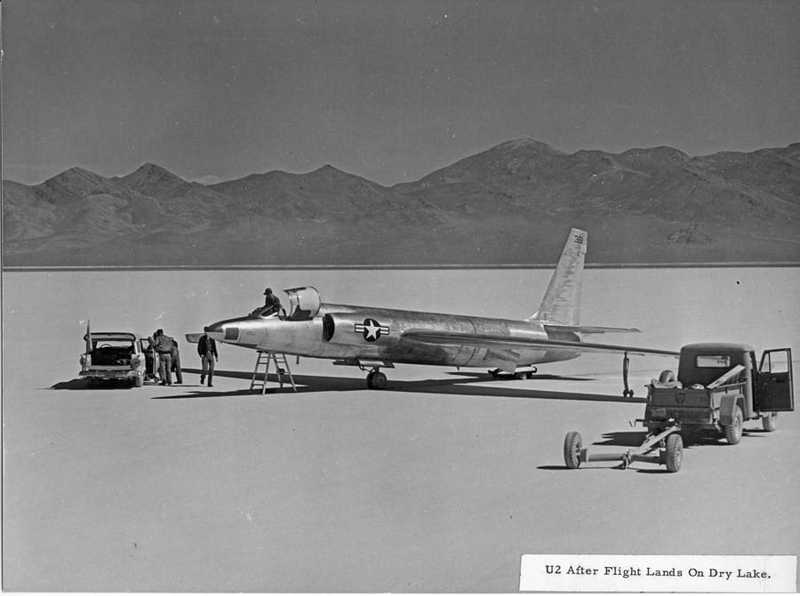
Even the most advanced spy satellites come with some serious limitations, and over the decades, many governments have perfected the art of hiding secrets from the leer of orbital eyes in the sky. Perhaps the best example of this comes from the secretive confines of Groom Lake — a dry lakebed that falls under the administrative control of Edwards Air Force Base in Nevada and is commonly known as Area 51.
Area 51 (which goes by a variety of other names) was first established in 1955 by the Central Intelligence Agency (CIA) and Lockheed’s legendary Skunk Works. The remote location and runway-flat terrain gave Skunk Works founder Kelly Johnson all the privacy he needed for the development and testing of what would become the U-2 Spy Plane. As the years wore on, Lockheed’s meager facilities swelled to include larger hangars and other permanent structures needed to operate an entire clandestine installation. In the years since, Area 51 has seen the testing of some of the most prolific aircraft in aviation history, like the SR-71 Blackbird and F-117 Nighthawk, as well as countless lesser-known but arguably even more exotic airframes like Boeing’s YF-118G Bird of Prey, which was designed, built, and tested entirely within the windswept confines of the covert installation.
Related: The US has secretly been testing its new LRSO nuclear missile
The United States didn’t officially acknowledge Area 51 even existed until 1998, but personnel working within the installation have always known that its existence was something of an open secret. In 1961, the Soviet Union launched its first spy satellite, Zenit-2, and soon thereafter, American intelligence agencies began notifying the personnel of Area 51 that they were being watched from on high.
But because satellites carry very limited fuel onboard, they’re often stuck traveling along predictable orbital paths. By tracking these satellites as they circled the globe, Area 51 personnel would simply make sure there were no exotic aircraft visible when the Soviet satellites (often called “ash cans” by insiders) were zooming overhead.
“In our morning security meetings, they’d give us a roster of the satellites that the Soviets had in the air, and we’d know the exact schedule of when they were coming over,” T.D. Barnes, a former hypersonic flight specialist who specialized in electronic countermeasures at Area 51 in the 1960s told National Geographic in 2011. “It was like a bus schedule, and it even told us whether it was an infrared satellite or what type it was.”
If a satellite somehow managed to take them by surprise, they initially had to rush the aircraft back into a hangar, but they later developed lightweight sheds (they called them hoot-and-scoot sheds) they could quickly pull out and cover the aircraft with. This method is still in use today and can be seen in commercial satellite photos of Area 51 taken as recently as last year.
Mysterious aircraft spotted at Area 51 in unprecedented satellite image:https://t.co/G1hcptw08r
— Tyler Rogoway (@Aviation_Intel) February 2, 2022
As Soviet spy satellites matured, Area 51 crews had a new challenge to contend with: Infrared photography. Planes baking on the tarmac in the Nevada sun cast shadows on the blacktop beneath them, creating a disparity in temperature on the runway that remained visible for some time via infrared imaging.
“It’s like a parking lot,” Barnes told National Geographic News. “After all the cars have left you can still see how many were parked there [in infrared] because of the difference in ground temperatures.”
In order to prevent Soviet analysts from gleaning valuable intelligence from the shape of these shadows, Area 51 personnel turned to… cardboard.
They would cut out unusual aircraft shapes and leave them sitting on the tarmac, sometimes with portable heaters placed where turbojet or turbofan engines would be to replicate how their heat would impact the infrared shadow left behind.
Of course, modern spy satellites do have far more capable sensors onboard, but for the most part, they remain largely as predictable as they were all those decades ago — and as such, are just as easy to hide secrets from.
Related: The birth of stealth: How defeating radar became the way of war
Building glass houses
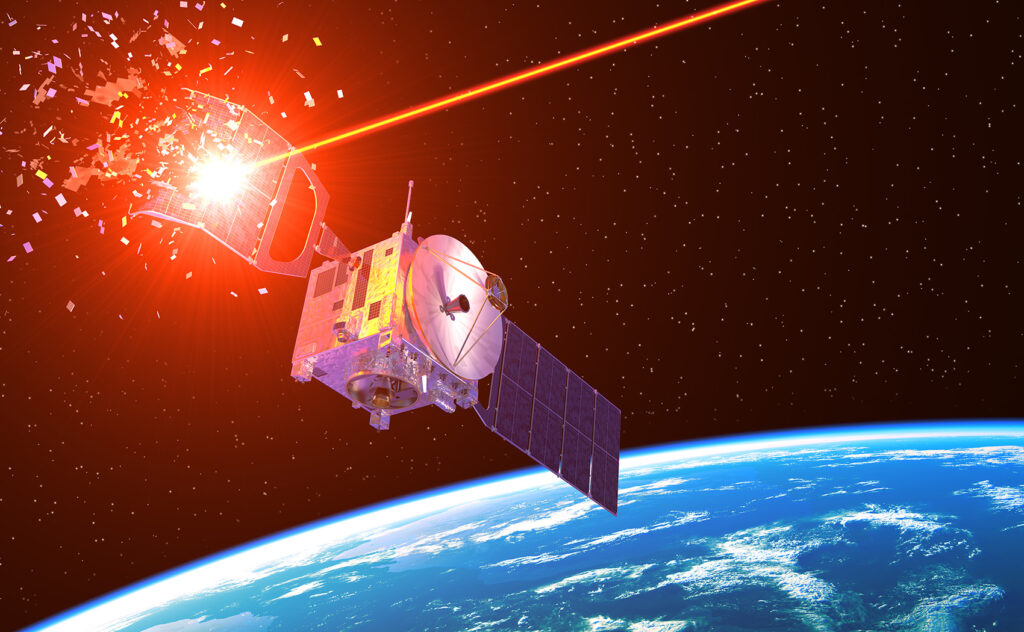
The United States’ commanding lead in fielding advanced spy satellites has given it a distinct advantage in recent decades, but today, the relative age of America’s satellites has created a problem: Many of these satellites were designed and built when the United States did not have a peer on the world’s stage, and as such, they were not built to withstand concerted kinetic or even cyber attacks from adversary nations.
As former Air Force Secretary Heather Wilson put it back in 2018, “We built a glass house before the invention of stones.”
There were, of course, concerns about killer Soviet satellites going after America’s high-priced orbital assets at the time, which led to the successful test of an ASM-135A anti-satellite missile (ASAT) against the one-ton Solwind solar observation satellite in orbit in 1985. But it wasn’t until 2007, when China launched its own concerted counter-satellite programs, that the U.S. really began to consider just how fragile its satellite infrastructure may be.
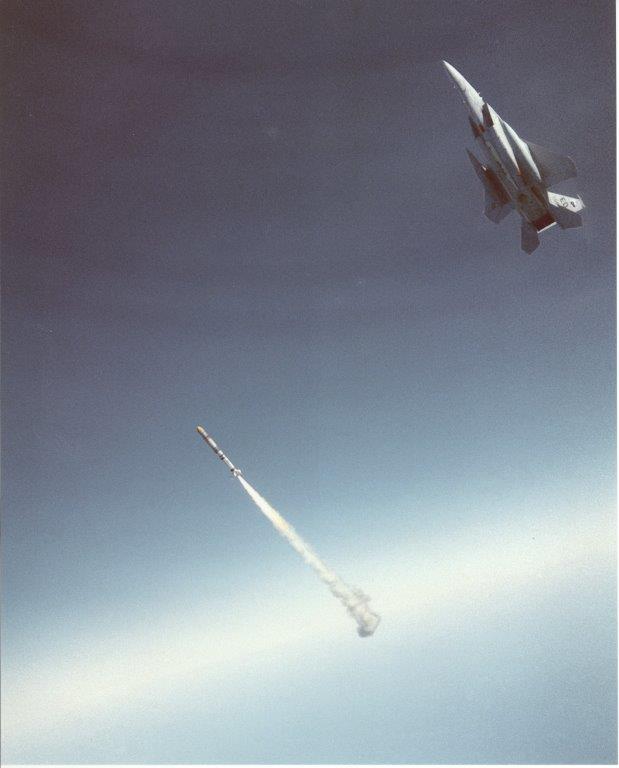
Today, four countries have demonstrated the ability to shoot down satellites in orbit (the U.S., Russia, China, and India) and both Russia and China have autonomous and highly mobile orbital systems, sometimes called “inspector’ satellites that are believed to be orbital weapons — which does not necessarily mean they’re packing kinetic weapons or laser guns. In the delicate ballet that is orbital mechanics, taking a satellite out of commission may require little more than giving it a nudge into a degrading orbit that would result in its destruction upon re-entry.
And perhaps worst of all, as the number of satellites in orbit continues to grow, so too does the risk associated with any kinetic satellite intercept. If one satellite is destroyed by an ASAT missile, the debris cloud it creates could impact other satellites, breaking them apart and making an even larger debris cloud that could go on consuming everything in low Earth orbit. This apocalyptic scenario is known as the Kessler Syndrome, named after NASA scientist Donald Kessler, who coined the term in a 1978 paper.
Related: When Israel stole Iran’s entire nuclear archive in one night
Satellites may not be able to help in a 21st-century fight

On November 15, 2021, these concerns came to the forefront of geopolitical discussions after a Russian direct-ascent anti-satellite (DA-ASAT) missile test destroyed Russia’s COSMOS 1408 satellite, producing more than 1,500 pieces of debris in low Earth orbit that were each large enough to be tracked from ground installations. While this is arguably no different from America’s similar test conducted in 1985, low Earth orbit had become far more crowded during the intervening 36 years, dramatically increasing the risk involved. In 1985, for instance, 165 satellites were launched into orbit, whereas 2021 saw the launch of 1,810.
“The debris created by Russia’s DA-ASAT will continue to pose a threat to activities in outer space for years to come, putting satellites and space missions at risk, as well as forcing more collision avoidance maneuvers. Space activities underpin our way of life and this kind of behavior is simply irresponsible,” said U.S. Army Gen. James Dickinson, U.S. Space Command commander at the time.
The threat is continuing to grow as more satellites are launched into orbit at an exponential rate. To date, SpaceX alone has launched over 5,000 satellites into low Earth orbit, with approvals already in place for 7,000 more, and requests pending for 30,000 more after that.
According to a 2022 analysis conducted by Dr. Macy Huston, an astronomer who now works at UC Berkeley, in a not-too-distant future scenario with some 65,000 satellites of all sorts in orbit (including smaller ones like those employed by SpaceX’s Starlink), practically any single kinetic anti-satellite intercept could result in 100% of all other satellites suffering collisions from debris measuring 3mm or larger; although 30% of the satellites would be hit by fragments bigger than 1cm that can cause severe damage. Like most objects circling the earth, this debris is traveling at speeds sometimes in excess of 15,000 miles per hour, serving as a perpetual shotgun blast in orbit.
This concept was rendered very effectively in the opening scene of the 2013 film Gravity.
Not all of these collisions would be catastrophic, but any catastrophic ones would immediately result in even more debris and the cycle would simply continue until the world’s entire satellite infrastructure had been reduced to nothing more than a swirling mass of bits and pieces circling the globe.
This distinct possibility was addressed in a recent paper penned by Air Force Captain Cody “Swarm” Crawford, a Cyberspace Effects Operations Officer, in which he argued that, in a near-peer fight, the United States should assume satellites won’t be able to help.
“When planning for a conflict against a peer adversary with ASAT weaponry (and the political will to use them), the US must have backup ISR capabilities on the assumption [low Earth orbit] will become unusable,” Capt. Crawford wrote.
Related: The US Army needs to fix its remaining ‘fires’ gap
Satellites are vital for intelligence gathering, but they’re not alone

Satellites may not be as all-seeing as they’re commonly perceived to be, and they may be subject to a variety of attacks from ground-based lasers or even other orbital assets, but none of that is to say that they aren’t a vital part of America’s intelligence apparatus. Satellites play an essential role in mission planning and keeping tabs on bad actors, but it’s a job they can’t — and don’t — do alone.
Today, the United States operates a sprawling fleet of Intelligence, Surveillance, and Reconnaissance (ISR) aircraft to support its global military obligations as well.
The sheer number of spy planes the United States continues to field clearly demonstrates the Pentagon’s continued need for ISR systems at lower altitudes than low Earth orbit. In fact, according to a 2011 assessment conducted by Michael W. Isherwood for the Mitchell Institute of Aerospace Studies, the U.S. saw a 300% increase in investment into ISR platforms between 2000 and 2010 alone.
Satellites may be incredibly useful, but spy planes aren’t going anywhere anytime soon.
Read more from Sandboxx News
- Tangiers: A Delta man’s solo trip through Morocco
- Is Israel using its Iron Beam laser to shoot down rockets?
- Do lessons from the battles for Fallujah apply to Gaza?
- The Army’s new V-280 Valor’s cockpit is out of this world
- Operation Dragonfly: Ukraine combines commandos and ATACMS missiles to wreak havoc on Russian airfields
